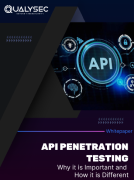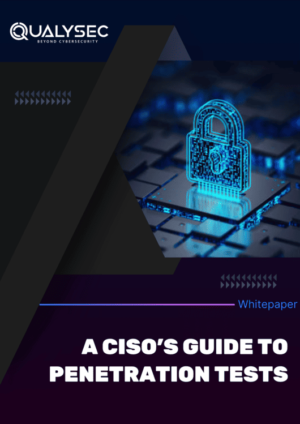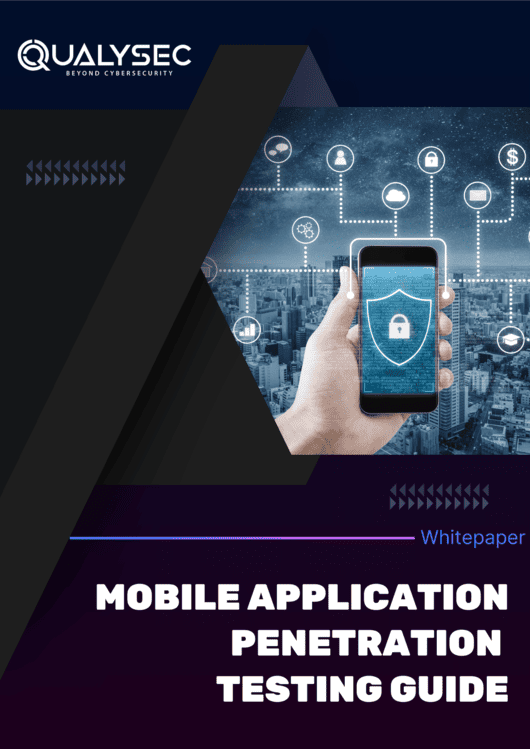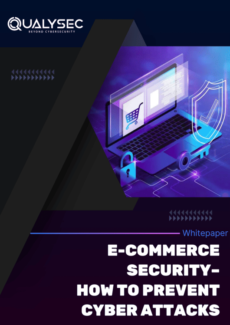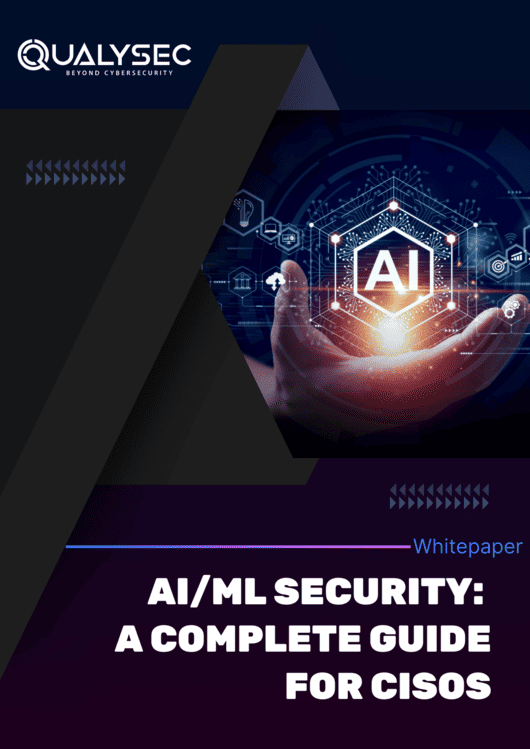APIs are the backbone of modern digital network systems. From allowing communication between services to powering mobile apps and cloud platforms, APIs are integral to seamless operations. However, their key role also makes them a prime target for cyberattacks.
Qualysec’s whitepaper, API Penetration Testing: Why It Is Important and How It Is Different, offers a deep understanding of the unique risks associated with APIs. Our in-depth whitepaper provides:
- Comprehensive Vulnerability Analysis
- Advanced Testing Methodologies
- Strategic Security Frameworks
By performing API penetration testing, businesses can identify and address vulnerabilities before they are exploited.
How Is API Penetration Testing Different?
API security requires a specialized approach compared to traditional application testing. It is different in several ways like –
- API testing targets endpoints which means they they handle requests securely and prevent unauthorized actions.
- APIs rely on tokens, keys, and session management, which need to be thoroughly tested for flaws.
- Verifying that the API logic doesn’t expose unintended functionalities or access levels.
- APIs must handle diverse and dynamic inputs safely to prevent injection attacks or logic bypasses.
- APIs often operate across various environments – development, staging, and production.
What’s Inside the Whitepaper?
- The top API vulnerabilities as per OWASP guidelines.
- A step-by-step guide to conducting API penetration testing.
- Tools and techniques for API testing.
- Case studies demonstrating real-world API security challenges and solutions.
- A framework for implementing secure API development practices.
Who Should Read This Whitepaper?
- CISOs and IT Security Leaders.
- Developers and DevOps Teams.
- Compliance Officers.
- Anyone responsible for securing API-driven applications.
Download Your Free Whitepaper Today!
Learn how to secure your APIs with expert guidance from Qualysec. Fill out the form to download your free copy of API Penetration Testing: Why It Is Important and How It Is Different.



